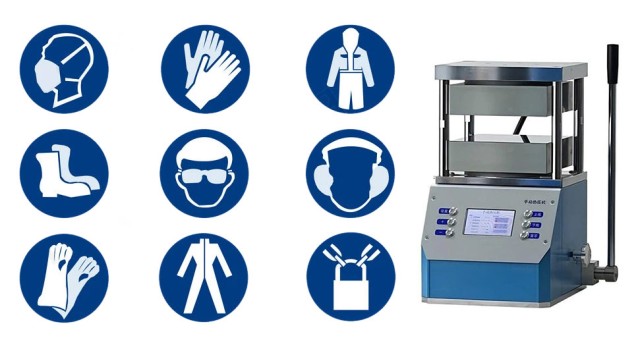Basic Safety Operations
Pre-Operation Checks
Before initiating the operation of the flat-plate hot press, it is imperative to conduct a thorough pre-operation check to ensure safety and optimal performance. This process involves several key steps:
-
Power Plug Inspection: Verify that the power plug is securely connected and free from any visible damage. A loose or damaged plug can lead to electrical hazards and operational failures.
-
Temperature Setting: Set the temperature according to the specific requirements of the lamination experiment. This step is crucial as it directly impacts the quality of the final product. Ensure that the temperature setting aligns with the materials being processed to avoid under or over-heating.
-
Machine Functionality Check: Ensure that the machine operates normally by performing a quick test run. This includes checking for any unusual noises, vibrations, or operational irregularities. A malfunctioning machine can pose significant safety risks and compromise the experiment's outcome.
-
Safety Protocols: Review and adhere to all safety protocols, including wearing appropriate protective gear such as asbestos gloves to prevent burns. Ensure that the work area is clear of any flammable materials and that all safety mechanisms are in place and functional.
By following these pre-operation checks, you can significantly reduce the risk of accidents and ensure that the flat-plate hot press operates efficiently and safely during the lamination experiment.
Temperature Management
Setting the temperature accurately is crucial to the success of your lamination experiment. Begin by determining the ideal temperature for your specific sample based on its material properties and the desired outcome. This step requires careful consideration of the thermal requirements of the materials involved, ensuring that the temperature is neither too high nor too low.
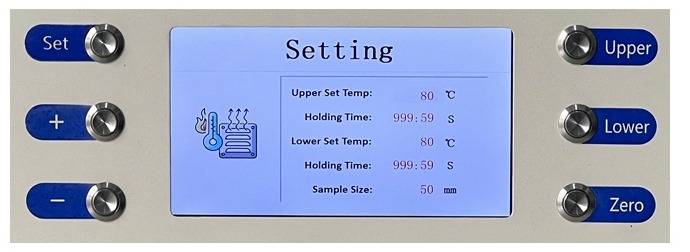
During the heating process, it is essential to continuously monitor the actual temperature to ensure it aligns with the set parameters. Deviations, even minor ones, can significantly impact the quality of the final product. Utilize temperature monitoring tools and devices that provide real-time data to keep a close watch on the heating process.
To avoid temperature deviations, consider the following best practices:
- Regular Calibration: Ensure that your temperature monitoring equipment is regularly calibrated to maintain accuracy.
- Thermal Insulation: Use appropriate insulation materials around the heating elements to maintain a consistent temperature.
- Feedback Mechanisms: Implement feedback mechanisms that alert you to any significant temperature changes, allowing for immediate corrective action.
By adhering to these guidelines, you can effectively manage the temperature during your lamination experiment, ensuring optimal results and safety.
Heat Insulation
When operating the flat-plate hot press, it is crucial to prioritize heat insulation to prevent accidental burns. Asbestos gloves are recommended as they provide a reliable barrier against high temperatures. These gloves are designed to withstand the heat generated by the hot press, ensuring that your hands remain safe while handling the machine.
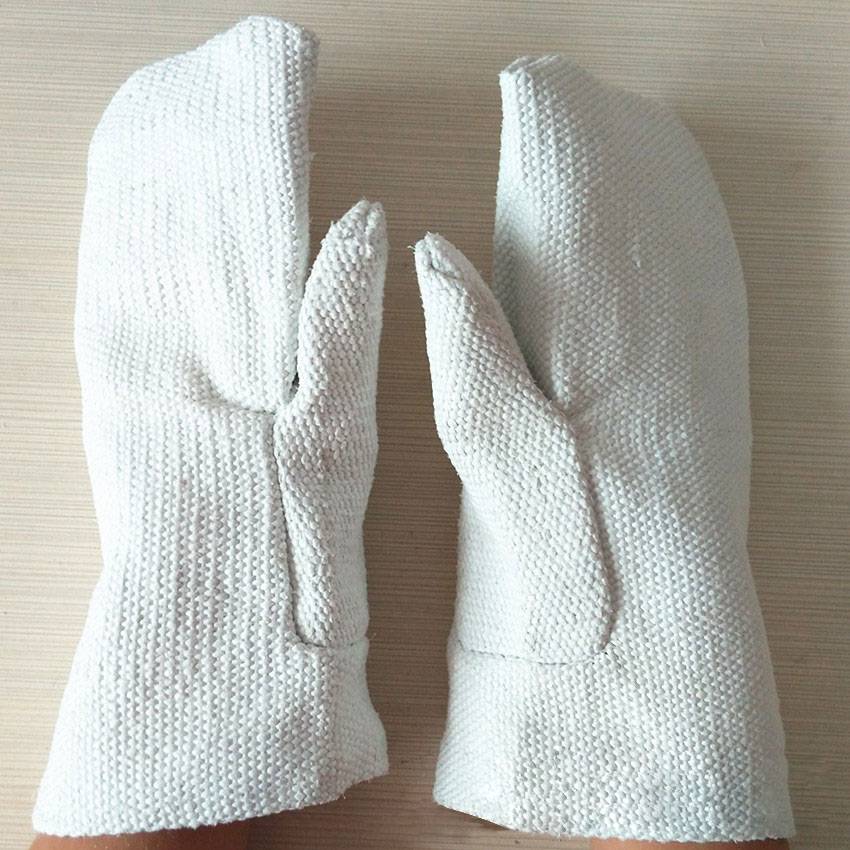
In addition to wearing protective gear, it is essential to adopt a cautious approach when interacting with the hot press. Avoid direct contact with the machine's surface, as even brief touch can result in severe burns. This precaution extends to all parts of the hot press, including the plates and any exposed heating elements.
To further enhance safety, consider the following practices:
- Use Tongs or Pliers: For tasks that require handling materials near the hot press, use tongs or pliers instead of bare hands. This reduces the risk of accidental contact with hot surfaces.
- Maintain a Safe Distance: Keep a safe distance from the hot press while it is in operation. This not only protects against burns but also minimizes the risk of inhaling any fumes or vapors that may be emitted during the process.
- Regular Inspections: Periodically inspect the insulation of the hot press and any protective gear. Ensure that the asbestos gloves are in good condition and replace them if they show signs of wear or damage.
By following these guidelines, you can significantly reduce the risk of burns and ensure a safer working environment during lamination experiments.
Post-Operation Procedures
After concluding the lamination experiment with the flat-plate hot press, it is crucial to follow specific post-operation procedures to ensure safety and maintain the equipment's longevity. If the hot press is not scheduled for immediate use, the first step is to turn off the power. This action not only conserves energy but also prevents any accidental operation that could lead to potential hazards.
Next, clean the site thoroughly. This involves removing any debris, residual materials, or contaminants that may have accumulated during the experiment. Cleaning the site helps in preventing cross-contamination in future experiments and ensures a safer working environment. It is recommended to use appropriate cleaning agents and tools to ensure that all surfaces are properly sanitized.
Additionally, inspect the equipment for any signs of wear or damage. Regular inspection can help in identifying issues early, preventing costly repairs in the future. Ensure that all components are in their proper places and functioning as they should.
Finally, document the post-operation activities in a logbook. This documentation can be invaluable for tracking maintenance schedules, identifying patterns in equipment performance, and providing a record for future reference. Proper documentation ensures that all team members are aware of the equipment's status and follow consistent procedures.
By adhering to these post-operation procedures, you not only maintain a safe and efficient workspace but also extend the lifespan of the flat-plate hot press, ensuring it remains in optimal condition for future experiments.
Operational Steps
Startup Preparation
Before initiating the hot press operation, it is crucial to ensure that both the hot press plate and the sample surface are thoroughly cleaned. Any debris or residue can significantly affect the quality of the lamination process. Once the surfaces are spotless, proceed to turn on the power supply.
Setting the required temperature is the next critical step. This should be done according to the specific requirements of the sample being processed. It is essential to monitor the temperature closely during the heating process to avoid any deviations from the desired setting. This meticulous attention to temperature management ensures that the lamination achieves the optimal bonding and structural integrity.
Material Preparation
To ensure the success of your lamination experiment using a flat-plate hot press, meticulous preparation of materials is essential. Begin by selecting the appropriate release films, such as silicone oil papers or PET release films, which are crucial for preventing the adhesion of the laminate to the press plates. These films must be cut to the exact dimensions of your samples to ensure uniform pressure distribution during the pressing process.
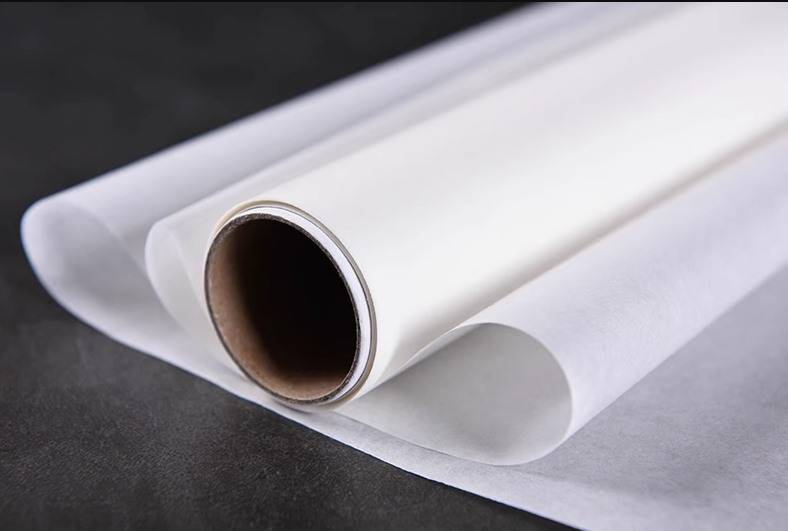
Next, carefully position the release films on the hot press plates. Proper alignment is key to preventing any air pockets or misalignments that could compromise the quality of the laminate. Use a ruler or template to guide the placement, ensuring that the edges are smooth and the films are centered. This step is particularly important as it sets the foundation for a successful lamination process.
Additionally, consider the type of adhesive you will be using. Ensure that the adhesive is compatible with the materials being laminated and that it is applied evenly across the surface. This will prevent any weak spots in the final product. By taking these preparatory steps, you can significantly enhance the efficiency and outcome of your lamination experiment.
Material Heating
Place the prepared materials on the workbench with precision, ensuring that they are properly aligned to prevent any misalignment during the heating process. Adjust the pressure settings to the recommended levels as specified in the manufacturer's guidelines or experimental protocol. This step is crucial to ensure even distribution of heat and pressure across the materials, which is essential for achieving the desired lamination results.
Preheat the flat-plate hot press gradually, following a temperature ramp-up schedule that matches the thermal properties of the materials being used. This controlled preheating helps in minimizing thermal shock and prevents any potential damage to the materials. During this phase, it is imperative to monitor the process closely for any signs of overflow, which could indicate improper material placement or excessive pressure.
Contamination is another critical factor to watch out for during the heating process. Ensure that the workbench and materials are free from any foreign particles that could compromise the integrity of the lamination. Regularly inspect the surfaces for any signs of contamination and take immediate corrective actions if detected.
By adhering to these detailed steps, you can ensure a smooth and safe material heating process, leading to successful lamination outcomes.
Post-Processing
After completing the lamination experiment, the immediate next steps are crucial for ensuring both safety and the longevity of the hot press equipment. Firstly, turn off the power to the hot press to prevent any accidental activation. This is a fundamental safety measure that should never be overlooked.
Next, clean the hot press thoroughly. This involves removing any residual materials that may have adhered to the press plates during the experiment. Using appropriate cleaning agents and tools, ensure that the surfaces are free from any debris or residue. This not only maintains the functionality of the equipment but also prevents potential contamination in future experiments.
Additionally, it is essential to clear the site of debris. This includes sweeping the floor around the hot press and ensuring that all tools and materials used during the experiment are properly stored away. A clean and organized workspace is not only safer but also helps in maintaining efficiency and reducing the risk of accidents.
Lastly, conduct a final inspection of the area to ensure everything is in order. This includes checking for any forgotten items or potential hazards that could pose a risk in the future. By following these post-processing steps, you ensure that the hot press remains in optimal condition and that the workspace is safe for future use.
Safety Precautions
General Safety
When operating a flat-plate hot press, it is crucial to prioritize safety to prevent accidents and ensure the integrity of both the machine and the operator. Avoid placing hands in the hot press plate at any time, as the high temperatures can cause severe burns. This precaution is particularly important during the heating phase and when the press is in operation.
Do not leave the machine unattended during critical phases of the process, such as preheating and pressing. Continuous monitoring is essential to quickly address any issues that may arise, such as material overflow or unexpected temperature fluctuations. Unattended machines can pose significant risks, including potential overheating and mechanical failures.
Ensure proper centering of materials before initiating the pressing process. Misaligned materials can lead to uneven pressure distribution, which may result in substandard lamination quality or even damage to the press. Proper centering helps maintain consistent pressure across the entire surface of the material, ensuring optimal results.
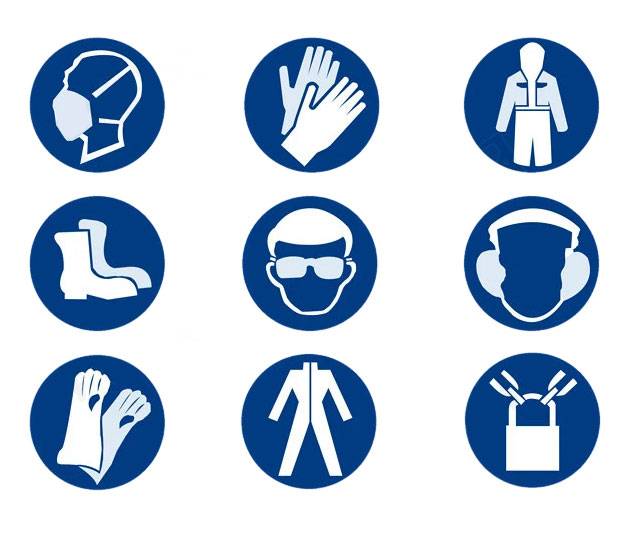
To reinforce these safety measures, consider the following additional precautions:
- Wear appropriate protective gear: Always wear asbestos gloves and heat-resistant clothing to protect against burns.
- Regular maintenance checks: Conduct routine inspections of the hot press to ensure all components are functioning correctly.
- Clear workspace: Maintain a clutter-free workspace to prevent accidents and ensure easy access to safety equipment.
By adhering to these general safety guidelines, operators can significantly reduce the risk of accidents and enhance the overall safety of the lamination process.
Preheating and Monitoring
During the preheating phase, it is crucial to incrementally raise the temperature without applying any pressure. This gradual approach allows for a thorough assessment of the materials' behavior under heat. Specifically, monitor the veneer and steel plate for any changes in texture, color, or integrity. These observations are vital for ensuring the materials' suitability for the subsequent lamination process.
Additionally, maintaining a clean template surface is essential. Dirt, debris, or residual materials from previous uses can compromise the quality of the lamination. Regularly clean the template to prevent contamination, ensuring that the new veneer adheres properly to the steel plate. This meticulous attention to detail during preheating and monitoring significantly enhances the overall quality and safety of the lamination experiment.
Related Products
- Manual Heated Hydraulic Press Machine with Heated Plates for Laboratory Hot Press
- Vacuum Hot Press Furnace Machine for Lamination and Heating
- Manual High Temperature Heated Hydraulic Press Machine with Heated Plates for Lab
- Automatic Heated Hydraulic Press Machine with Heated Plates for Laboratory Hot Press
- Automatic High Temperature Heated Hydraulic Press Machine with Heated Plates for Lab
Related Articles
- Hydraulic Heated Lab Pellet Press: Comprehensive Guide to Selection and Usage
- Understanding Hot Presses and Safety Considerations
- Manual Hydraulic Presses for Laboratory Use: A Comprehensive Guide
- Comprehensive Guide to Metal Mold Pressing: Techniques, Equipment, and Applications
- Manual Pellet Press: A Comprehensive Guide to Efficient Lab Pelletizing
